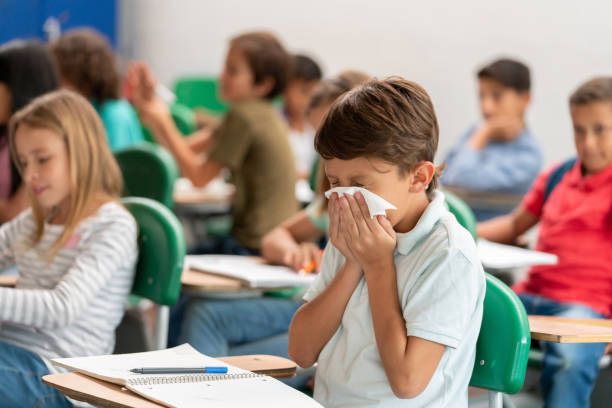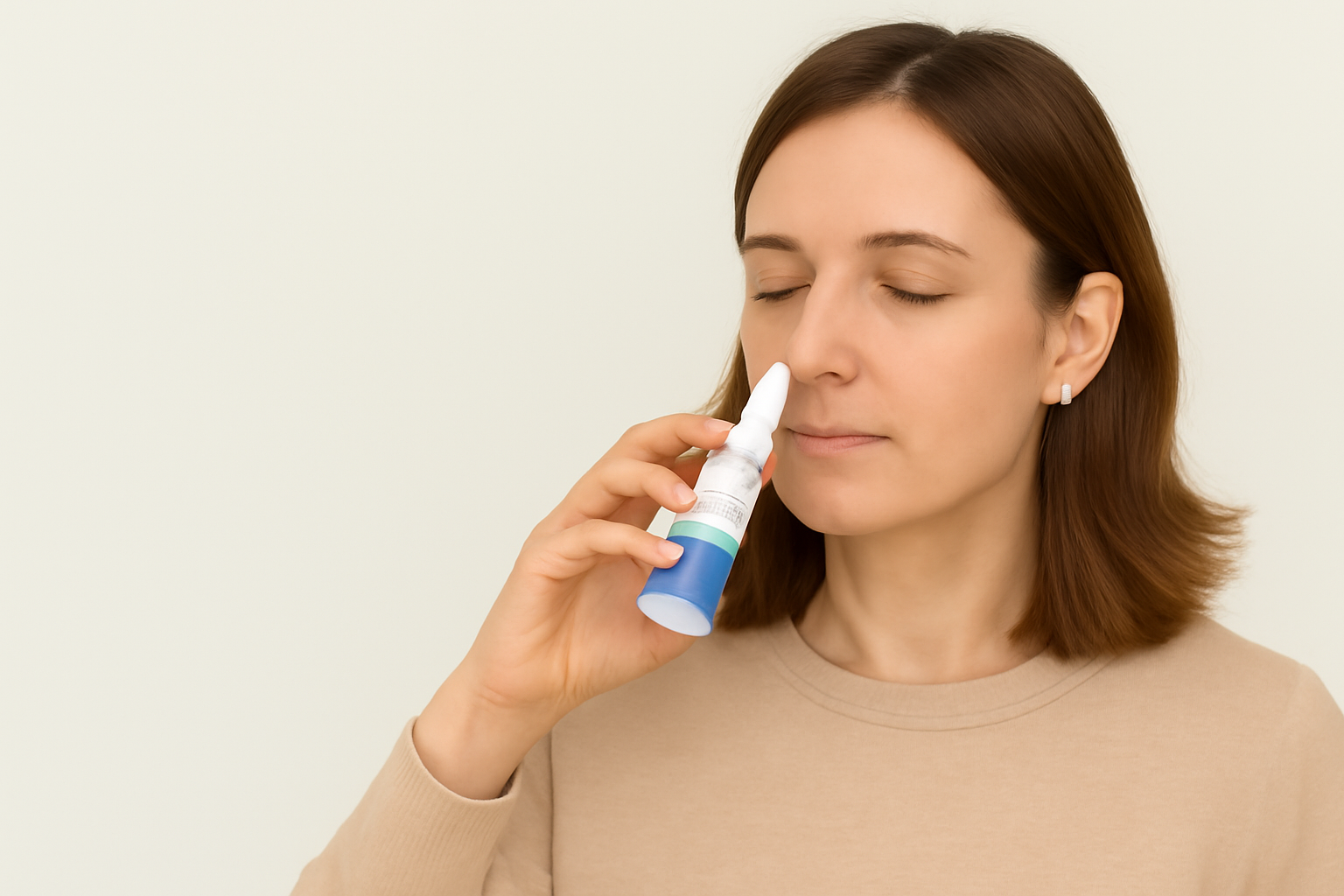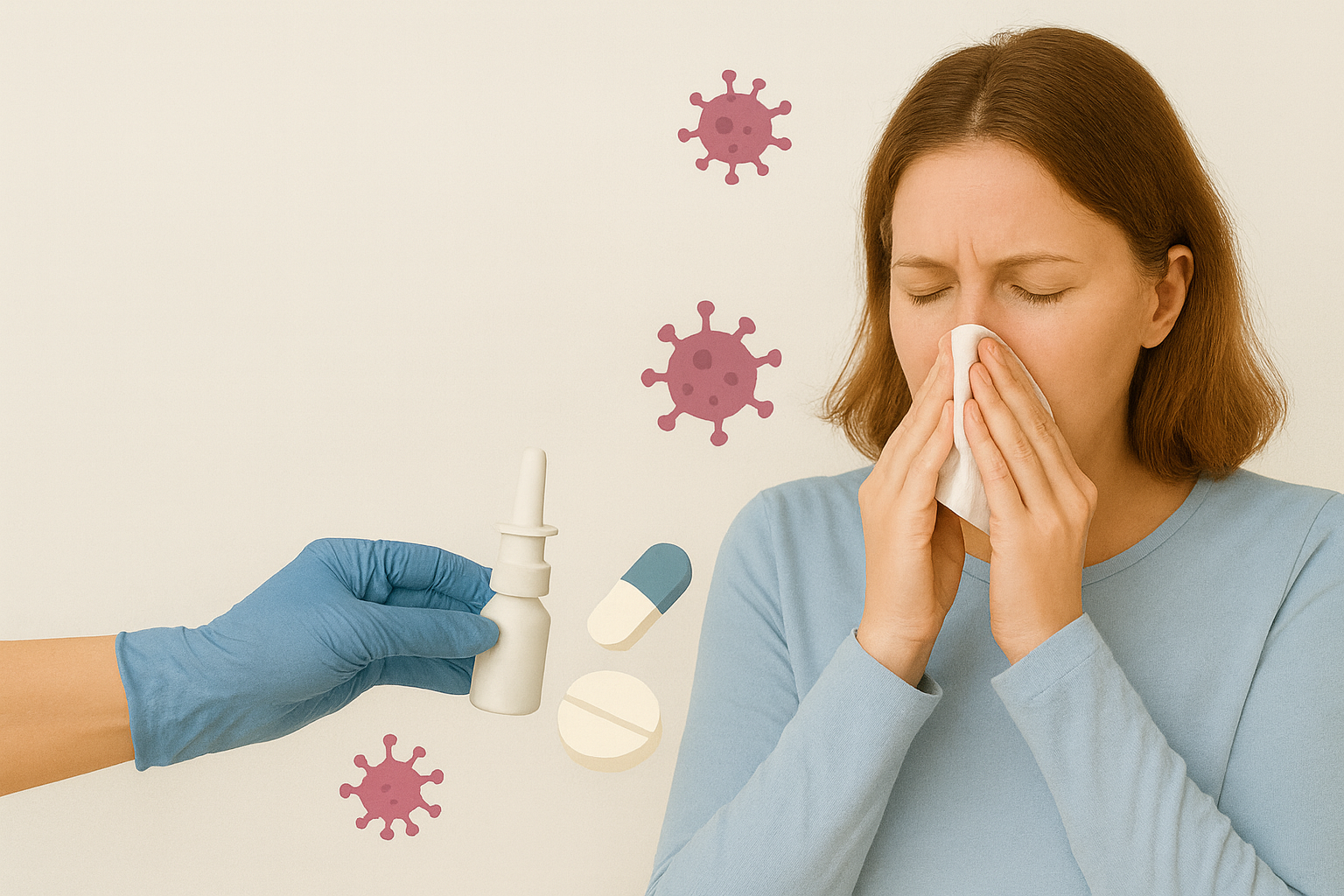As the COVID-19 pandemic placed unprecedented pressure on global healthcare systems, protecting frontline workers became a critical priority. This blog explores the findings of a group of clinicians and researchers who advocate for using povidone-iodine (PVP-I) as a nasal spray and mouthwash to reduce viral transmission.
Their recommendation: regular PVP-I rinsing may help curb the spread of SARS-CoV-2 between patients and healthcare providers.
Why PVP-I?
Povidone-iodine is an antiseptic known for its:
- Broad-spectrum antiviral effects
- Longstanding use in medical settings
- Effectiveness against coronaviruses, including SARS and MERS
In vitro studies show that PVP-I can inactivate SARS-CoV-2 within 30 seconds at concentrations as low as 0.5%. Its safety profile, accessibility, and cost-effectiveness make it an attractive option for use in both hospitals and outpatient clinics.
The Case for Routine Use in Healthcare Settings
According to the authors, PVP-I nasal and oral application could benefit:
- Healthcare workers: Used prior to and between patient interactions
- COVID-19 patients: To reduce viral shedding in upper respiratory tracts
- Any patient undergoing:
- Dental care
- ENT procedures
- Bronchoscopy
- Intubation or endoscopy
This protocol is aimed not just at protecting clinicians but also limiting cross-infection within hospitals and clinics.
Suggested Protocol for Use
The authors propose a practical and repeatable protocol:
Step 1: Nasal Spray
- 0.3 mL of 0.5% PVP-I solution sprayed into each nostril using an atomizer or syringe
- The opposite nostril is occluded during inhalation
Step 2: Oral Rinse
- 9 mL of the same 0.5% solution used as a mouthwash and gargle for 30 seconds
- For unconscious patients, an oral swab soaked in the solution may be used
Frequency:
- Up to 4 times daily for healthcare workers
- Every 6 hours for hospitalized COVID-19 patients
Is It Safe?
Yes — when used correctly, PVP-I has a strong safety profile:
- Minimal allergy risk (0.4% incidence in studies)
- No significant impact on thyroid function, even with long-term or repeated use
- Majority of iodine is excreted in urine, with very little accumulating in the body
Exclusion criteria include:
- Allergy to iodine or PVP-I
- Thyroid disease
- Current radioactive iodine therapy
- Lithium therapy
- Pregnancy
Clinical Relevance & Real-World Application
PVP-I is already widely used in:
- Surgical antisepsis
- Wound care
- Pre-procedural rinses in dentistry and ENT
Despite its proven efficacy, there remains a gap between the research and its routine use in clinical practice. This paper urges regulatory bodies and hospitals to close that gap — especially during active outbreaks when every layer of protection counts.
Final Thoughts
With a strong safety record and rapid virucidal activity, PVP-I nasal and oral rinses offer a practical, evidence-based addition to current COVID-19 protective protocols.
As we prepare for future respiratory outbreaks, and possibly future coronavirus variants, integrating PVP-I into daily healthcare routines could help reduce transmission and protect those on the front lines.






.png)